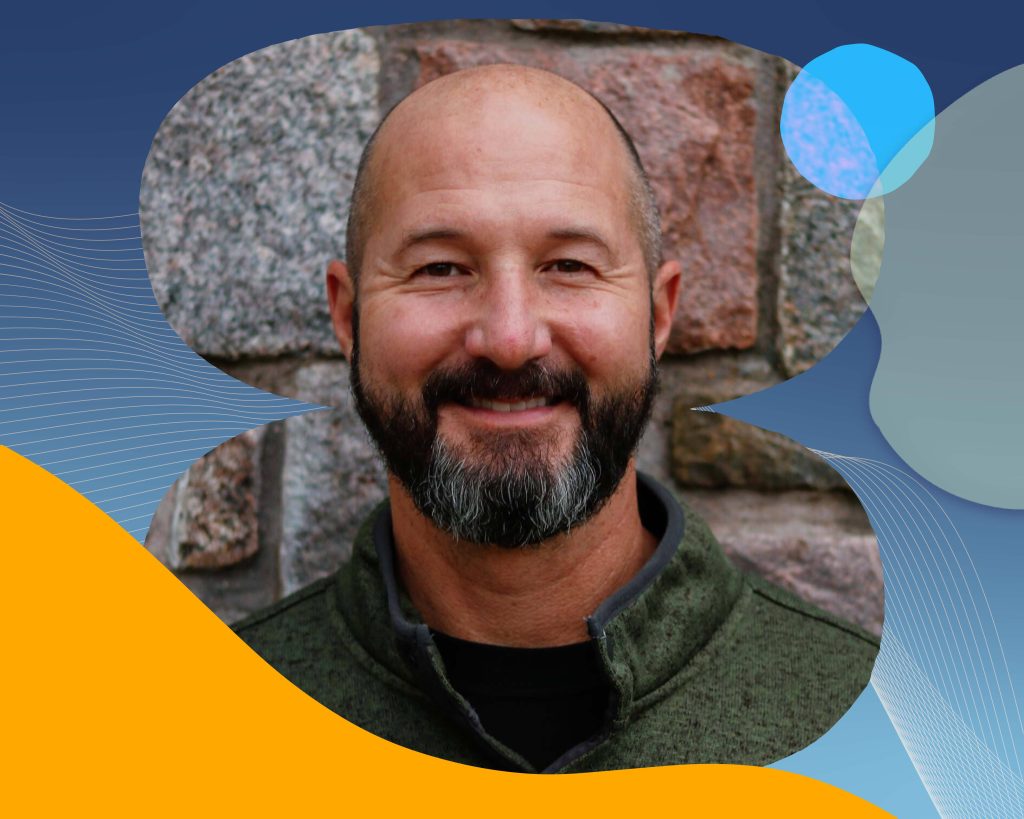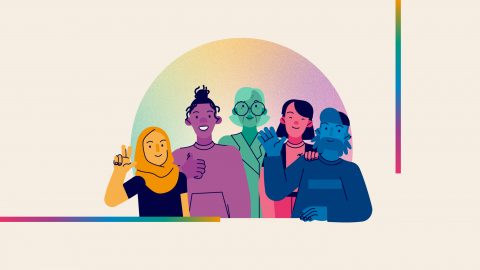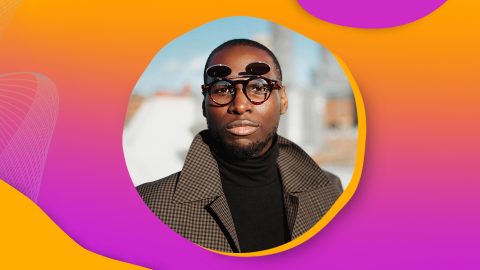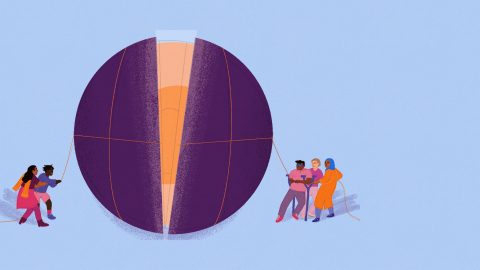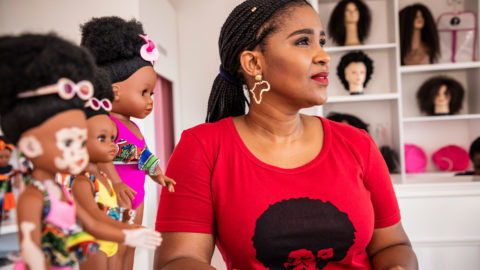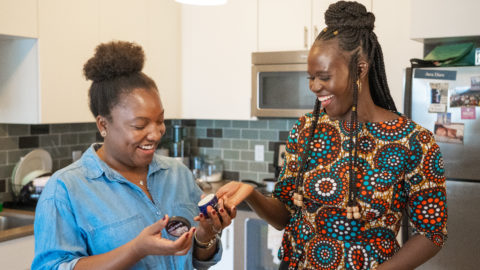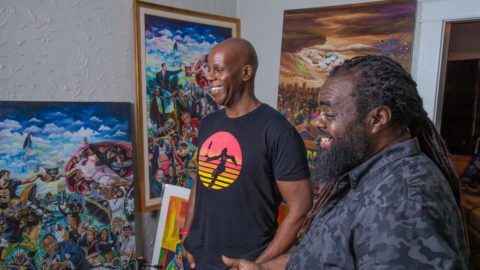“Microsoft is a company that’s leading by example, and we can’t do that without including people like me that happen to have an invisible disability.”
For Customer Success Account Manager Thad Stafford, living with PTSD, anxiety, and substance abuse disorder empowers him to connect more intentionally with customers.
After more than 20 years on the job dealing with many traumatic events as a patrol officer and then a detective investigating crimes against children, I was diagnosed with Post-traumatic stress disorder, anxiety, and depression. At the time, I didn’t know how to reach out for help, so I turned to alcohol. Around that time, I got a DWI. I ended up making the tough choice to retire because the city I worked for decided I was too much of a liability.
For the next year, I was in treatment for PTSD and substance abuse disorder, all while trying to find a job. I was only trained to do law enforcement—I didn’t really know anything else. Eventually my wife, a teacher, connected me with her former student who was a manager at Microsoft. After some conversations, I applied for a customer success manager job. I was selected for an interview, and made it through the interview process, and here I am today. During my interviews, I was completely transparent about my past and disability, and Microsoft still took a chance on me.
My job here is all about building relationships with customers. I’ve found that the perspective I’ve gained through my challenges with PTSD have made me a more empathetic person. In turn, that empathy has helped me build relationships with customers. When you build those relationships, you earn their trust.
After having gone through everything I’ve experienced and in talking to others who have gone through similar experiences, I’m much more patient and understanding with everyone I meet. You start to learn that everyone is dealing with something. That’s the mindset I have if I encounter a customer who’s having a bad day. I think “they might be going through something right now,” and that guides how I approach the conversation. I’m always trying to put myself in a customer’s shoes to be the best resource I can be for them.
Microsoft is a company that’s leading by example, and we can’t do that without including people like me that happen to have an invisible disability. I’ve learned that if we all put on a mask and think the same way, it would be boring. It’s much more interesting to show up and be yourself at work and not pretend to be someone you’re truly not. Just being able to show up as my authentic self and be accepted at work continues to keep me feeling more empowered and at ease.

